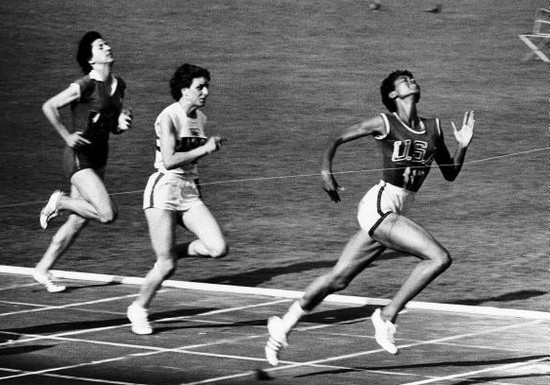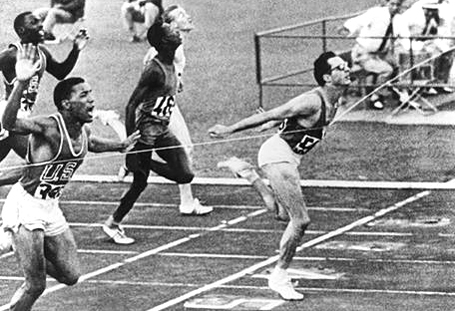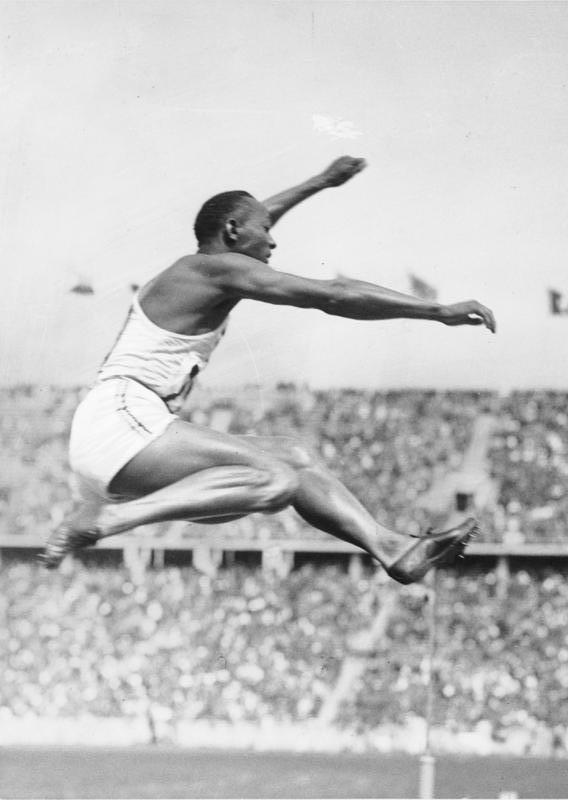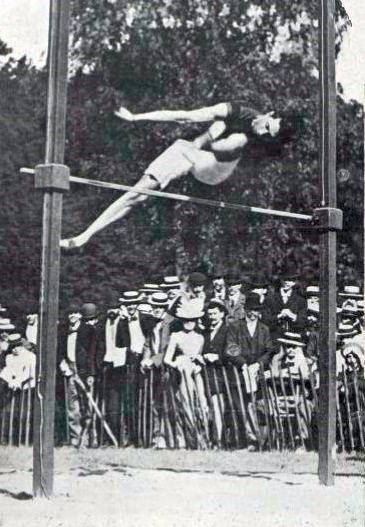Or search by topic
Number and algebra
Geometry and measure
Probability and statistics
Working mathematically
Advanced mathematics
For younger learners
Olympic Starters




This picture shows Wilma Rudolph from the USA winning the 100 metres race at the 1960 Olympics in Rome. She won the race with a time of just over 11 seconds.
How far can you run in 11 seconds? How could you measure this distance?
Wilma Rudolph set a new world record with her time of 11.3 seconds in the semi-finals. She won the final with a shorter time of 11.2 seconds but that time couldn’t be counted as a new world record because the wind speed was 2.8 metres per second.
Why might the wind speed affect how quickly you can run?
Choose a windy day and run the same distance towards the wind and away from the wind. Which is easier? Why?

The picture to the left is from the same Olympic Games in Rome in 1960. Livio Berruti from Italy won the 200 metres race in 20.5 seconds, which tied with the world record at the time.
How far can you run in around 20 seconds? How does your distance compare to the 200 metres race?
All six athletes in that race finished in less than 21 seconds, so there was less than half a second difference between the times of the fastest and the slowest athlete.
How long is half a second? What word takes you around half a second to say?

This picture shows Jesse Owens from the USA at the 1936 Olympics in Berlin, where he won a gold medal for long jump. This is a running jump, and his winning jump was just over 8 metres.
How far can you jump if you have a run-up?
Jesse Owens didn’t manage to break the world record with his jump – but he was the person who had set that world record the previous year! On one day in 1935, he had managed to set three new world records for the long jump, the 220 yards race and the 220 yards hurdles. (220 yards is approximately 201 metres.)

This picture shows Irving Baxter from the USA, who jumped 1 metre 90 centimetres in the 1900 Olympic high jump in Paris. He set a new Olympic record but didn't quite beat the world record of 1 metre 97 centimetres.
How high is 1 metre 90 centimetres?
How high can you jump?
The high jump world record has been beaten a lot of times since then, and some new high jump techniques have been developed over time which help people to jump higher and higher. Have a look at some pictures of people competing in the high jump at the last Olympics and see how their techniques look different from Irving Baxter’s technique in this picture.
You may also like
Going for Gold
Looking at the 2012 Olympic Medal table, can you see how the data is organised? Could the results be presented differently to give another nation the top place?
Now and Then
Look at the changes in results on some of the athletics track events at the Olympic Games in 1908 and 1948. Compare the results for 2012.

